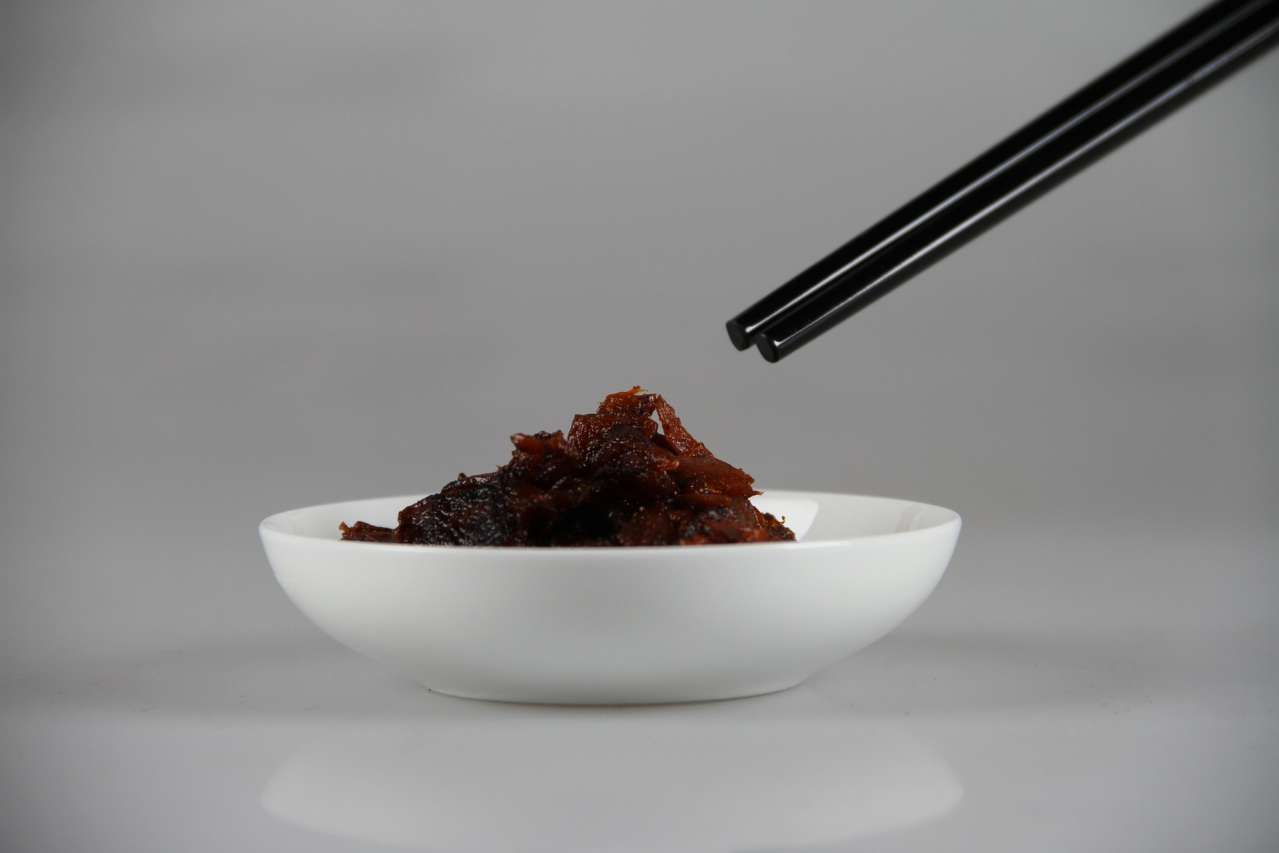Umami means “delicious taste” or “pleasant savory taste” in Japanese.
What is umami
Umami has a mild "protein", meaty, pleasant taste and a long aftertaste. It causes profuse salivation. Glutamic acid, which is found in various foods, gives it an unexpressed umami taste. But salts from glutamic acid - glutamates - give a more pronounced umami taste.
Essentially, umami is the amino acid monosodium glutamate, which enhances flavor. Yes, the same “terrible” glutamate is found naturally in tomatoes, some algae, shiitake mushrooms, walnuts, meat, fish and many other foods, mostly protein.

How to taste umami
The smell of umami is very similar to the aroma of meat broth. Another way to experience umami is to heat your food, such as frying meat or fish. Fermentation also releases the umami flavor, so you can feel it in soy sauce, cheese, and jerky.
Where to find umami
In raw ingredients, umami is barely perceptible, but you can clearly feel it in mushrooms, algae, seafood, boiled meat, rich broths. Canning, ripening and fermentation break down proteins and form free glutamate, giving foods a stronger umami flavor.











